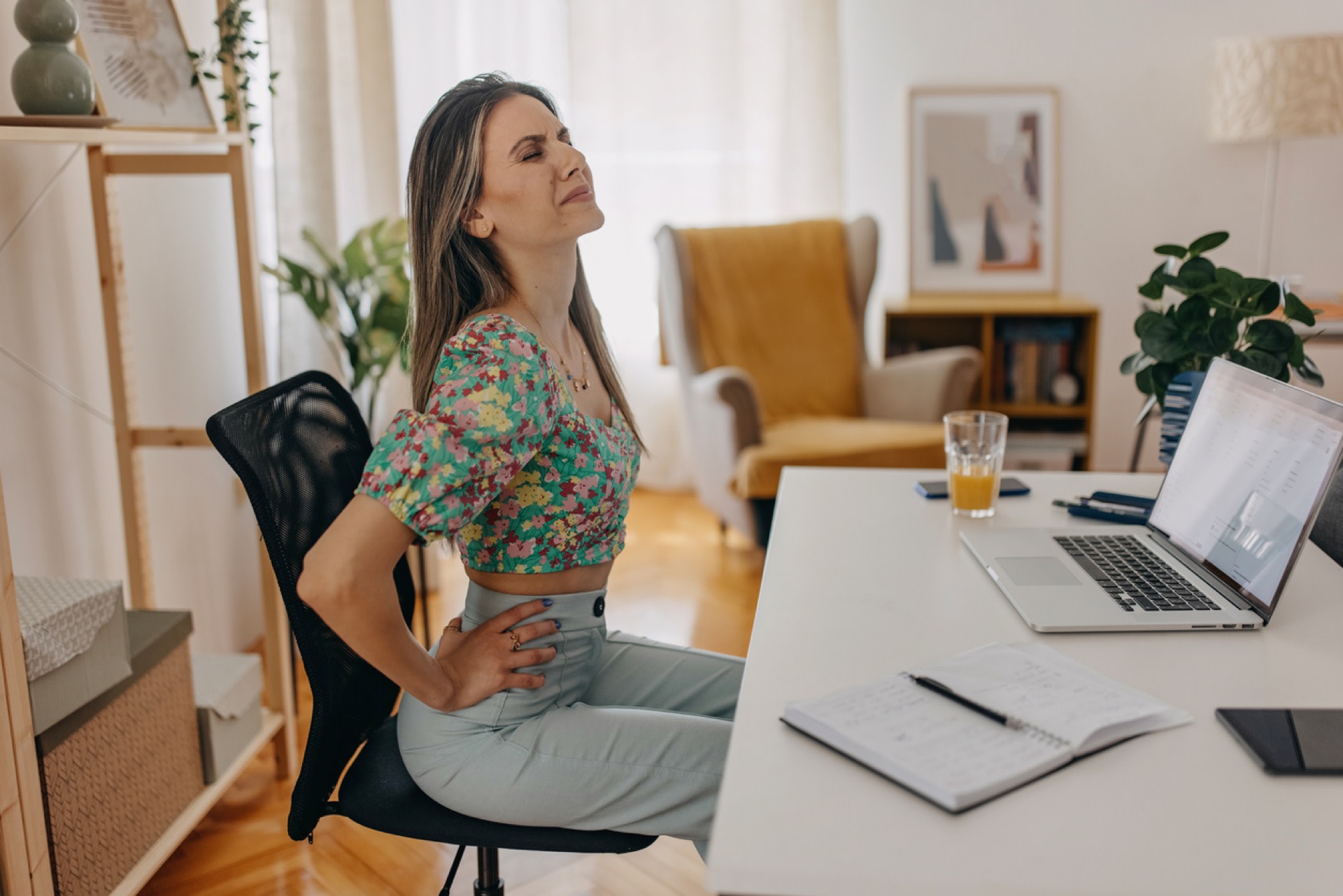Low back pain that radiates to the pelvis: causes and treatment
If your back pain radiates to your pelvic area, learn what’s causing this and how to treat it, especially with exercises from physical therapists.
0 $ pour vous
Dernière mise à jour : Mar 19, 2025
Table des matières
Fully covered back pain relief
Find relief from lower back pain, a thrown out back, sciatica, & more.
Check if I'm eligibleExercises for low back pain that radiates to the front pelvis
Want expert care? Check if you're covered for our free program →- Cat Cow
- Seal Stretch
- Deep Squat
